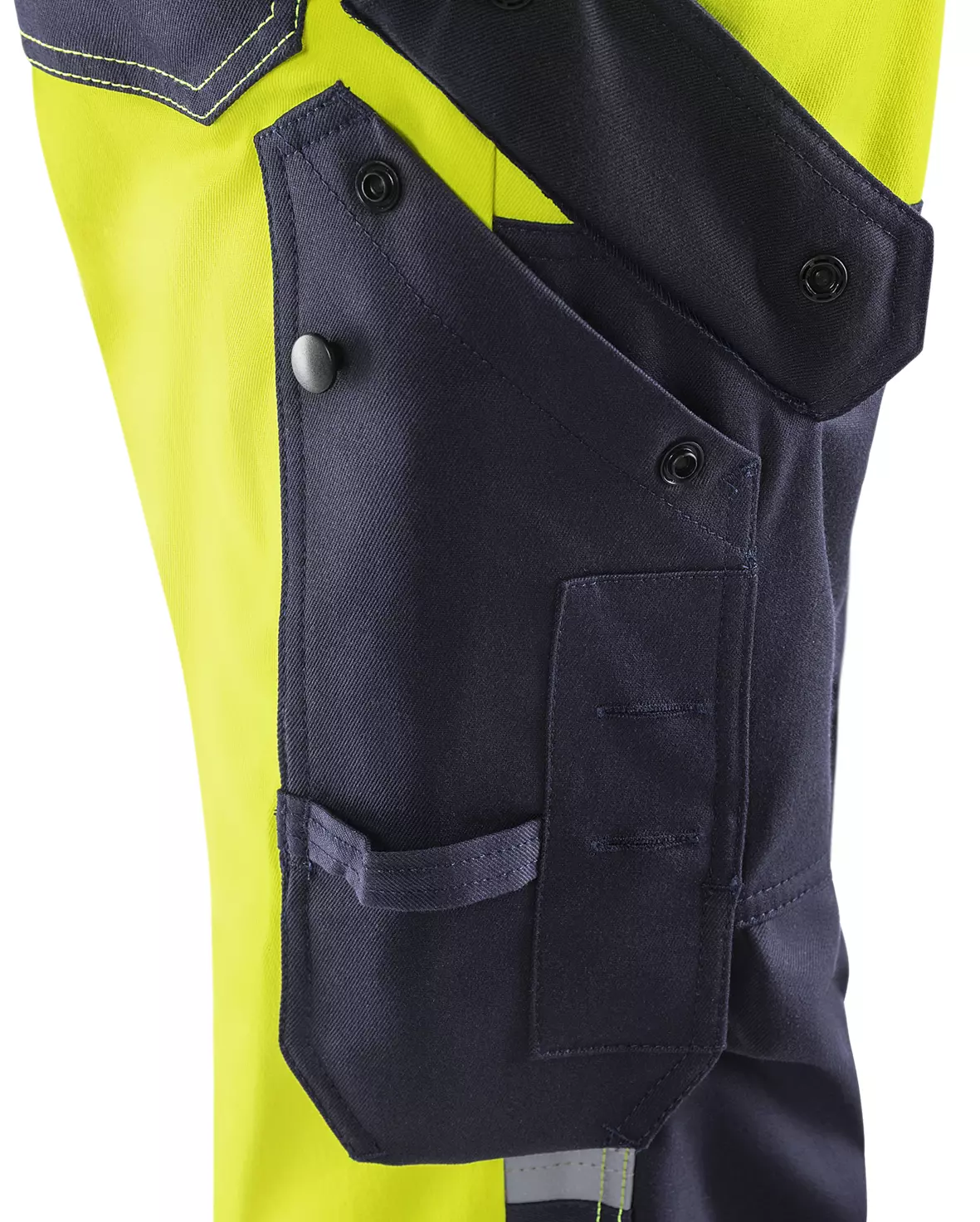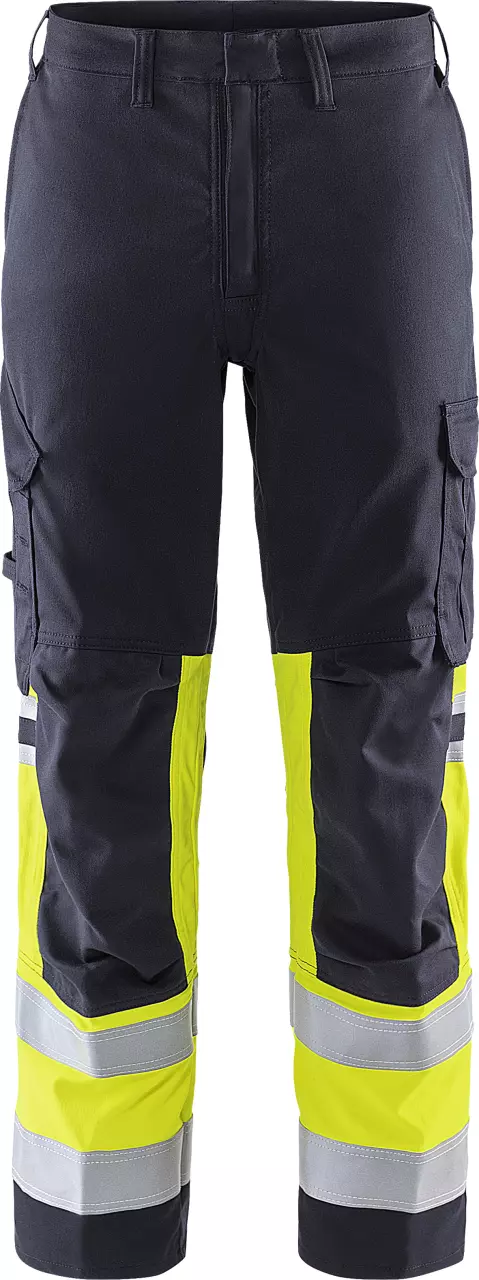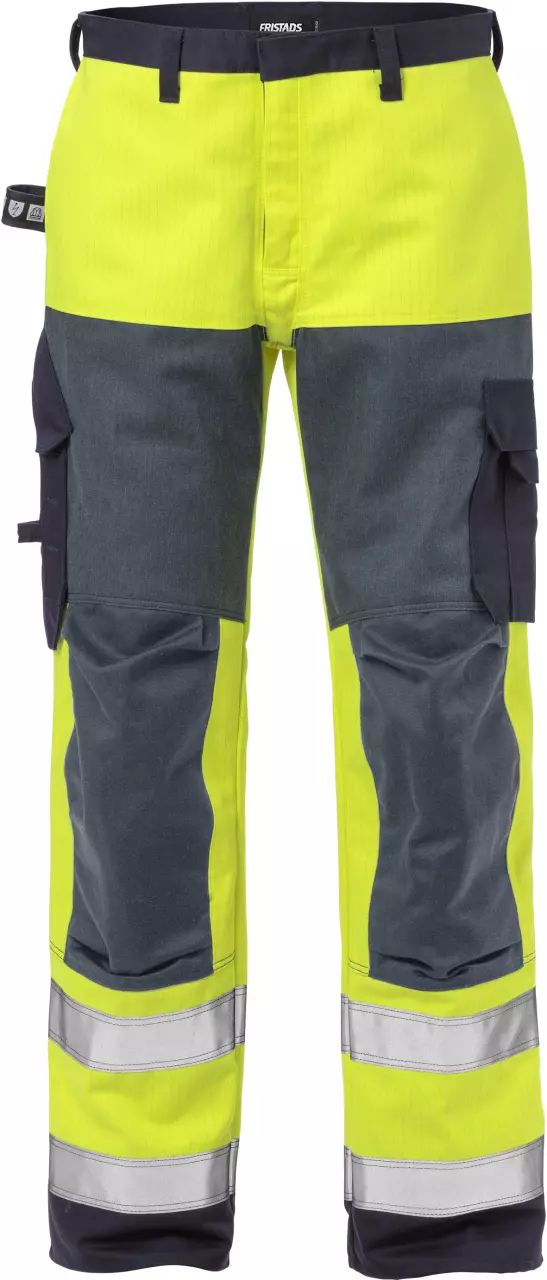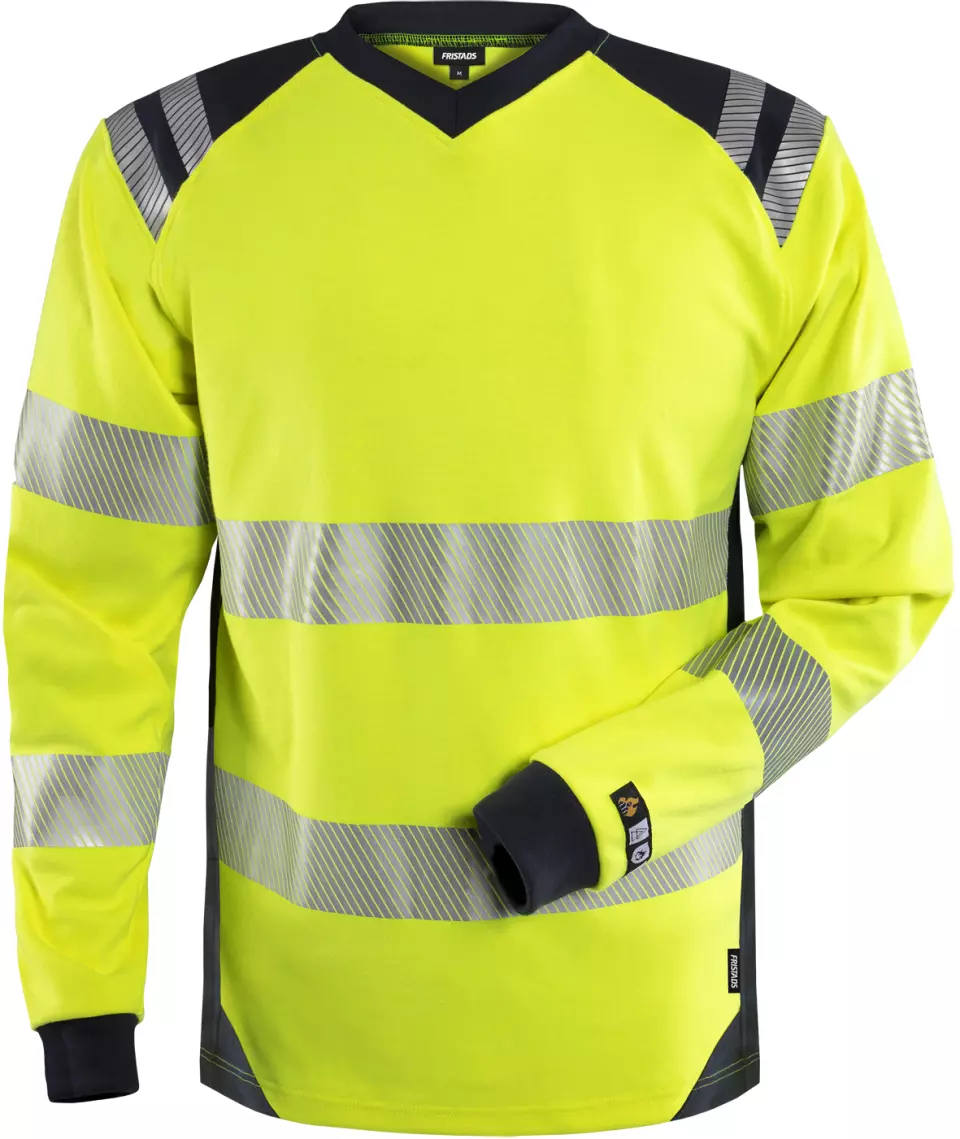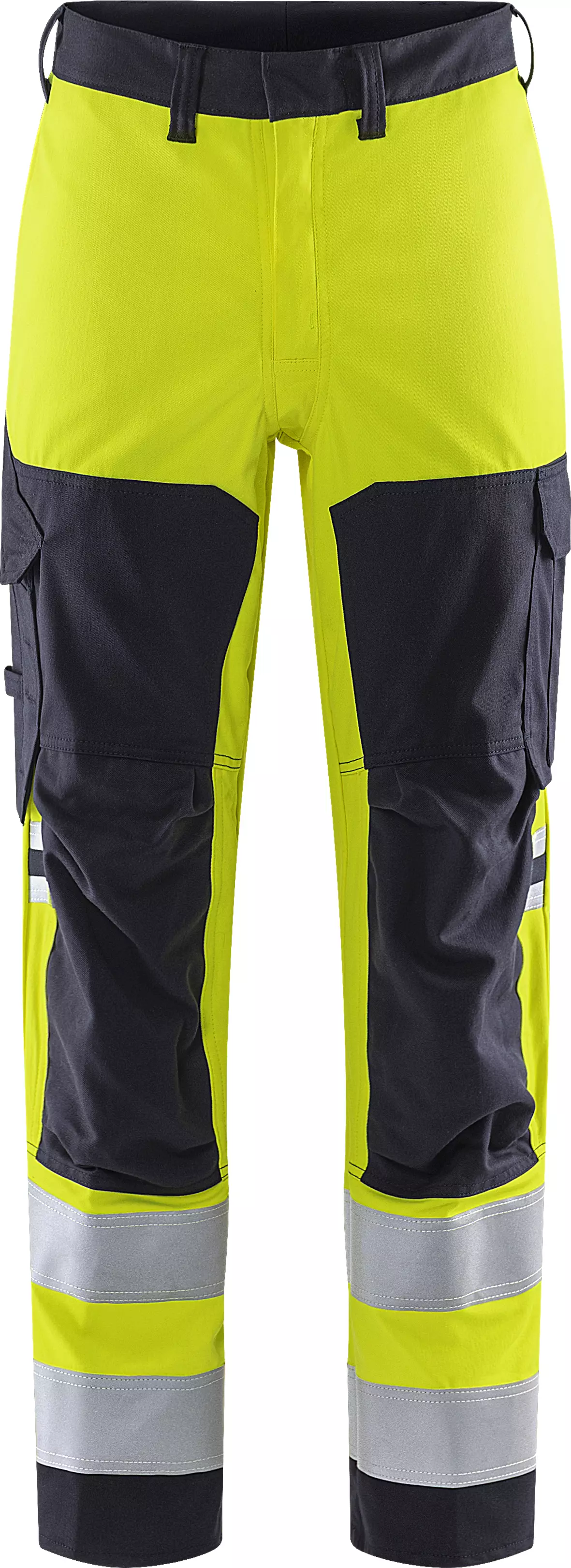


Features You'll Love

Pocket System · Phone Pocket
Securely store your phone, keeping it safe and always within easy reach on the job.

EN 20471 · Reflective Strip Area Grade 2
This garment provides an intermediate level of visibility for use in moderate-risk environments. It is suitable for work near traffic with speeds up to 60 km/hour, featuring a specified area of fluorescent material and reflective strips.
Fristads
Flame-Retardant Flamestat High Vis Stretch Trousers Class 2 2161 ATHF
Flame-Retardant Flamestat High Vis Stretch Trousers Class 2 2161 ATHF
4.5 / 5
224,25 €
Choose size
Free delivery
Features You'll Love

Pocket System · Phone Pocket
Securely store your phone, keeping it safe and always within easy reach on the job.

EN 20471 · Reflective Strip Area Grade 2
This garment provides an intermediate level of visibility for use in moderate-risk environments. It is suitable for work near traffic with speeds up to 60 km/hour, featuring a specified area of fluorescent material and reflective strips.
Product description
Flamestat-stretch work pants provide comprehensive protection for demanding industrial environments. The stretch material combines comfort and durability, while built-in flame protection and multi-norm certification ensure reliable safety. The pants are designed to be metal-free and effectively repel dirt, oil and water.
Product features:
- Stretch material for enhanced comfort and mobility
- Built-in flame protection
- Dirt, oil and water repellent treatment
- Metal-free construction
- Concealed front button
- Double-reinforced crotch seam
- Reinforced knee pockets opening from inside with height adjustment for knee pads
Technical specifications:
- Material composition: Stretch 45% modacrylic, 34% cotton, 17% polyamide, 2% elastane, 2% antistatic fiber; Reinforcements 45% modacrylic, 35% cotton, 18% polyamide, 2% antistatic fiber
- Weight: Stretch 265 g/m², Reinforcements 300 g/m²
- Certified after 50 wash cycles
- Industrial wash tested according to ISO 15797
- ÖKO-TEX® certified
Standards:
- EN 61482-1-2 APC 1
- EN 61482-1-1 ELIM: 8 cal/cm²
- EN ISO 11612 A1 B1 C1 F1
- EN 1149-5
- EN ISO 11611 A1 class 1
- EN 13034 type PB [6]
- EN ISO 20471 class 2
- EN 14404 in conjunction with knee pads 124292


